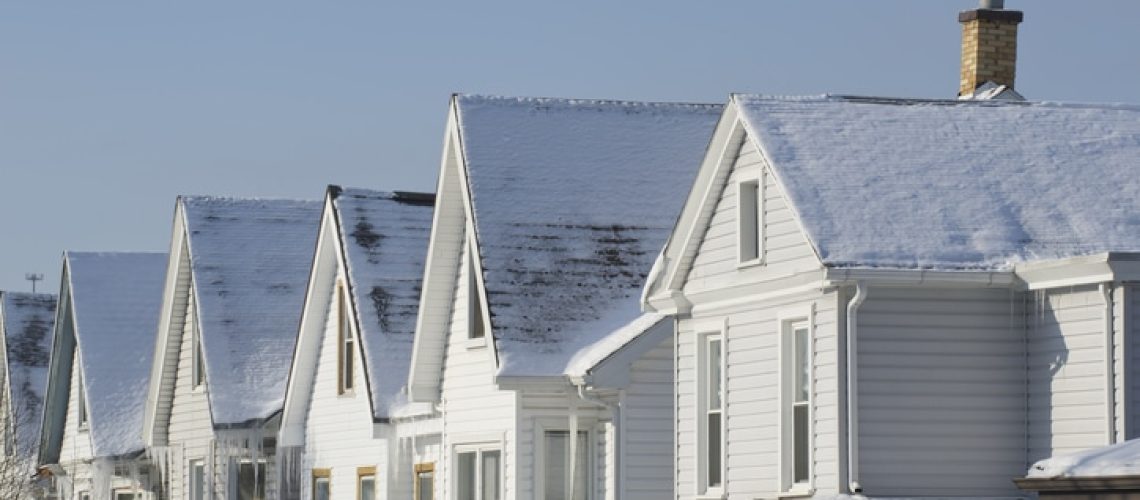Alberta’s winters are known for their long cold snaps and harsh conditions, presenting unique challenges for homeowners. The cold temperatures, chinooks, heavy snow loads, and potential for dangerous ice dams make it crucial to prioritize the resilience of your roof. In this comprehensive guide, we will explore the concept of roofing resilience, why it matters in cold climates like Alberta, and how investing in a resilient roofing system can protect your home and save you money in the long run.
Understanding The Importance of a Resilient Roof
In the context of a living space such as a home, resilience refers to a structure’s ability to adapt to changing conditions, withstand disturbances, and recover rapidly from challenges or unforeseen disruptions. In the roofing industry, this translates to creating systems that can endure weather events, environmental contaminants, and the wear and tear of daily life.
The Components of a Resilient Roofing System
Adaptability to Changing Conditions:
A resilient roofing system must be designed to adapt to changing weather conditions over time. Alberta experiences temperature fluctuations, heavy snowfall, and high wind, making it essential for roofs to withstand these diverse conditions without compromising their integrity.
Maintaining or Regaining Function Under Stress:
A resilient roof should maintain or regain its function even under stressful conditions. Whether facing the weight of accumulated snow or the force of high winds, a properly built roof will continue to protect the structure beneath it.
Withstanding Extreme Events:
Alberta’s winters often bring about extreme weather events. A resilient roof system is built to withstand these events, offering protection against potential damage.
Temperature Control:
Effective insulation and ventilation are integral to resilience, as well as the integrity and safety of the entire structure. A resilient roof helps control temperatures within the attic, preventing ice dams and contributing to energy efficiency.
Sustainable Design:
Considering the environmental impact of roofing materials and design is crucial. A resilient roof should be sustainably designed, contributing to the overall longevity and ecological footprint of the structure.
Cost Savings with Resilient Roofing Systems
While investing in a resilient roofing system requires a upfront cost, the long-term savings outweigh the initial investment. Fewer repairs and replacements after extreme weather events, ensuring the protection of whatever is within the building, and reduced energy bills are among the financial benefits of resilient roofing. At Hubbard Roofing and Exteriors, we are proud to offer a roofing system that pairs incredible protection and resilience with environmental sustainability and a staggering 50+ year lifespan. If you’re interested in more information about the Euroshield Roofing System, take a look!


